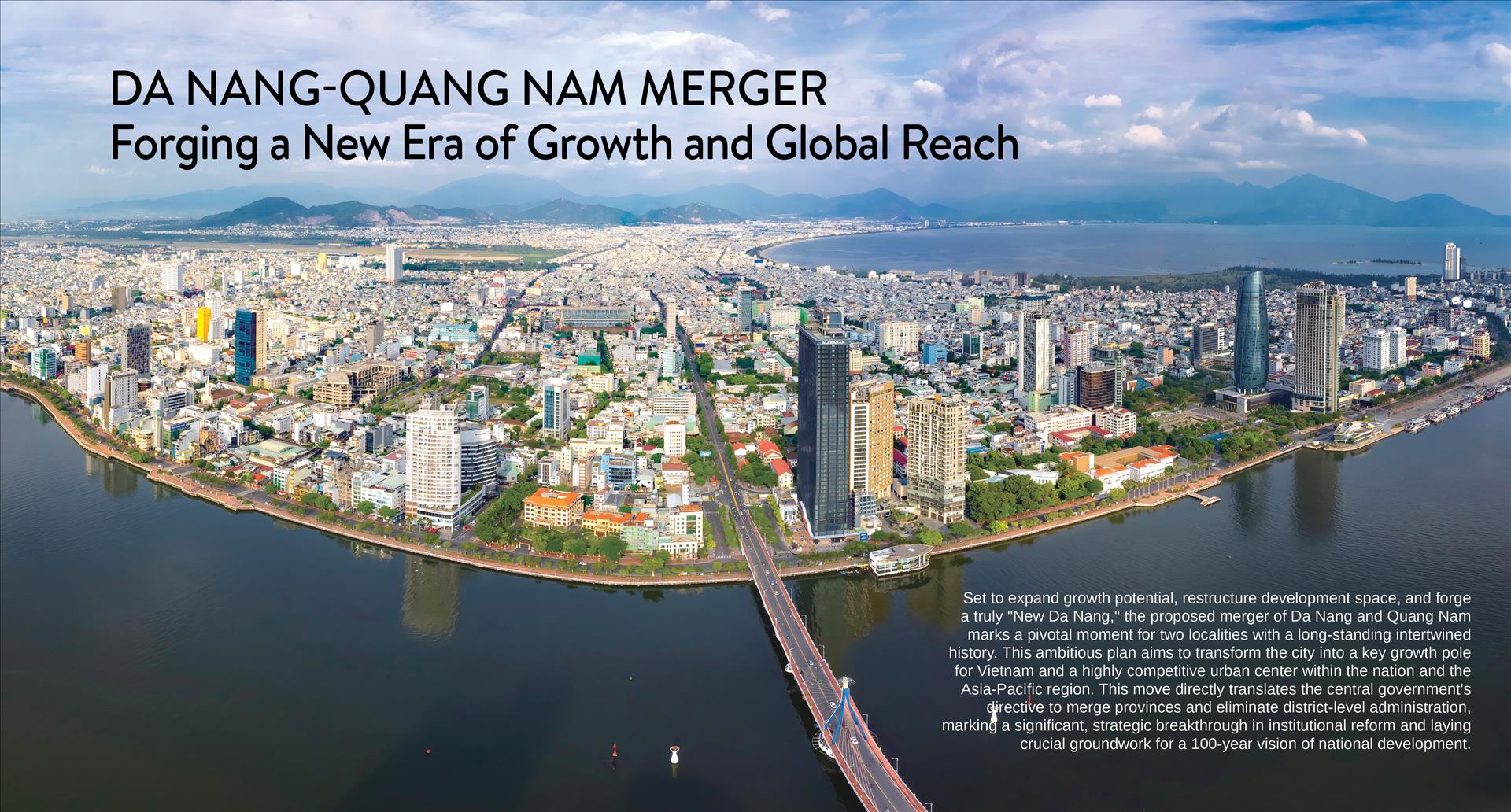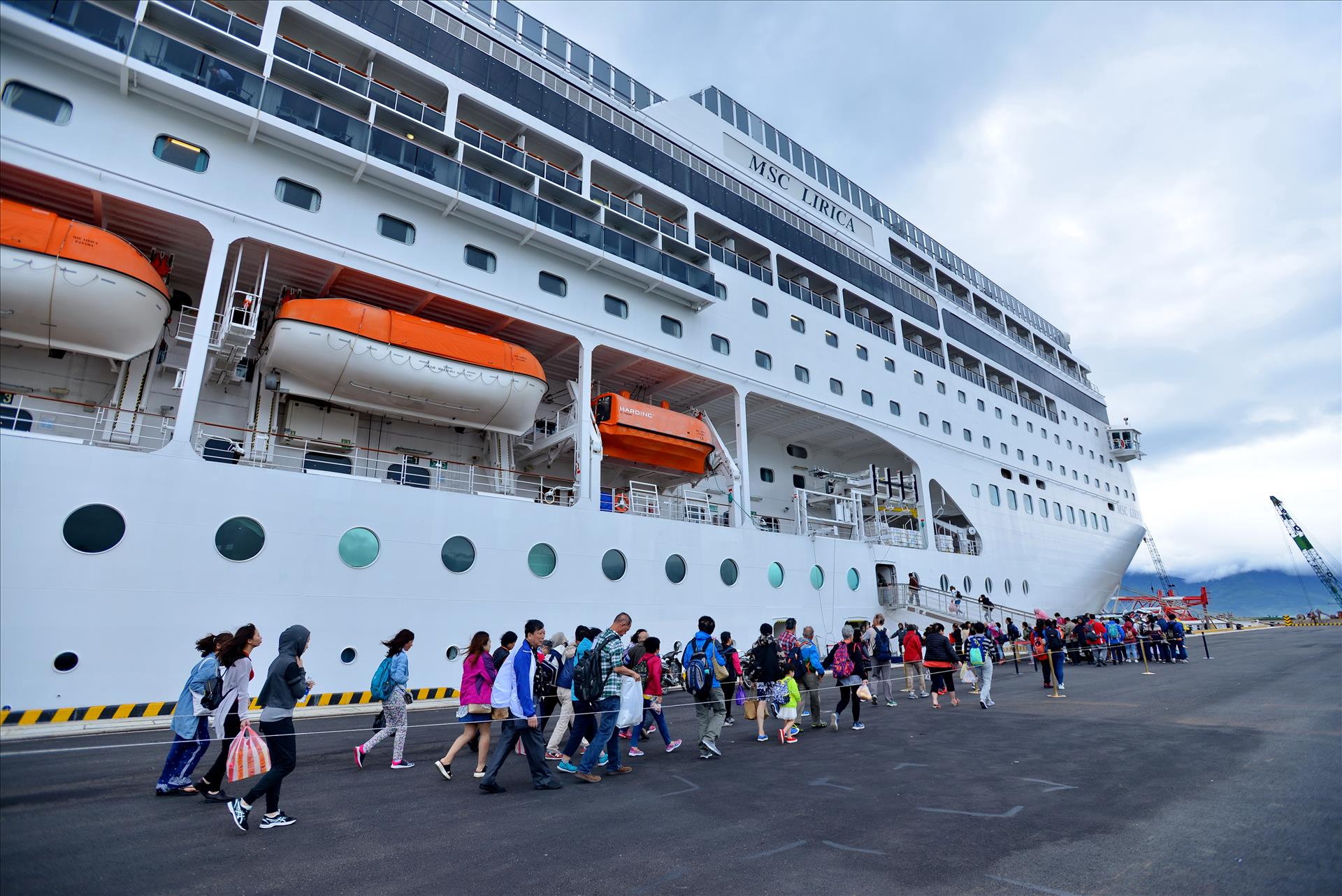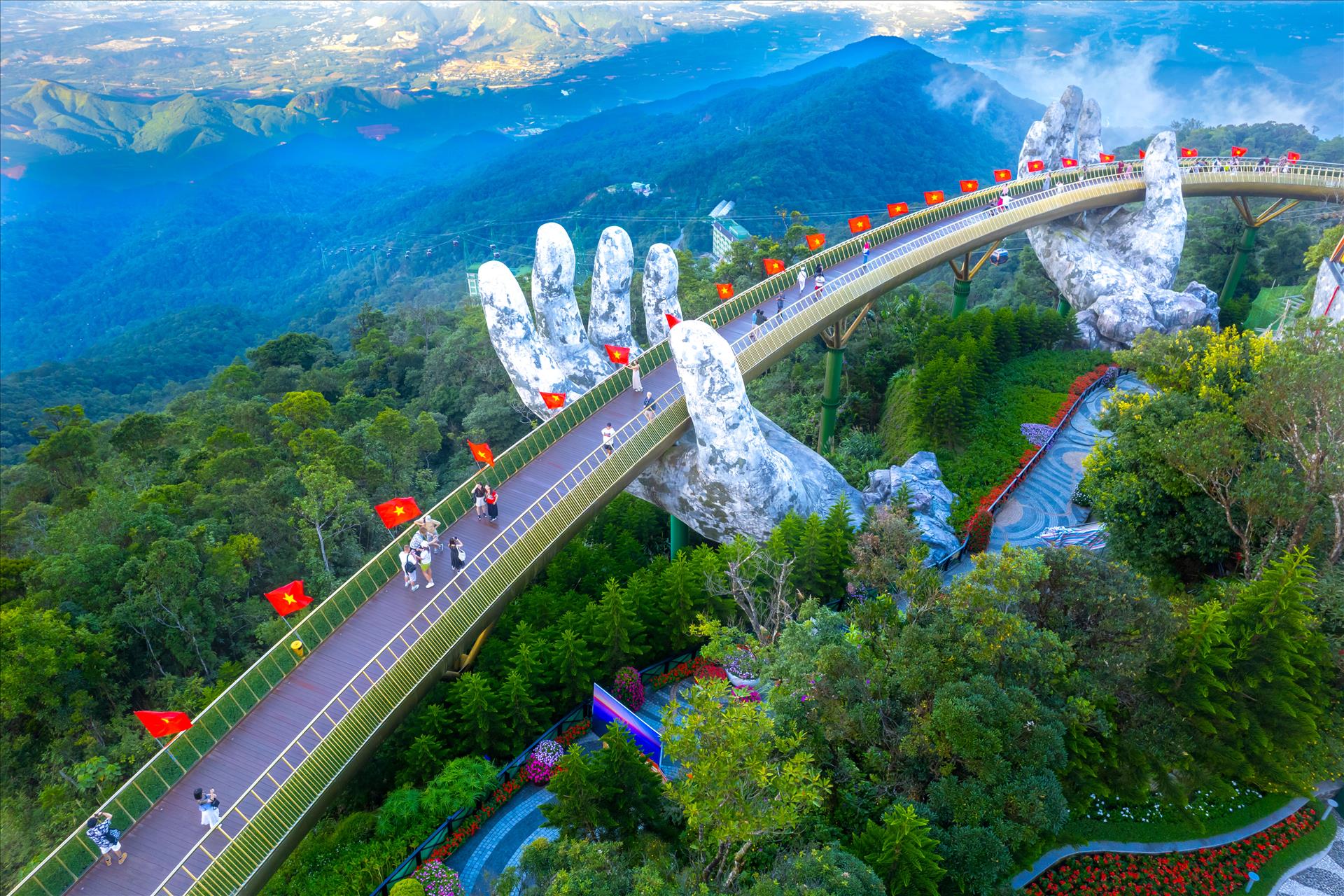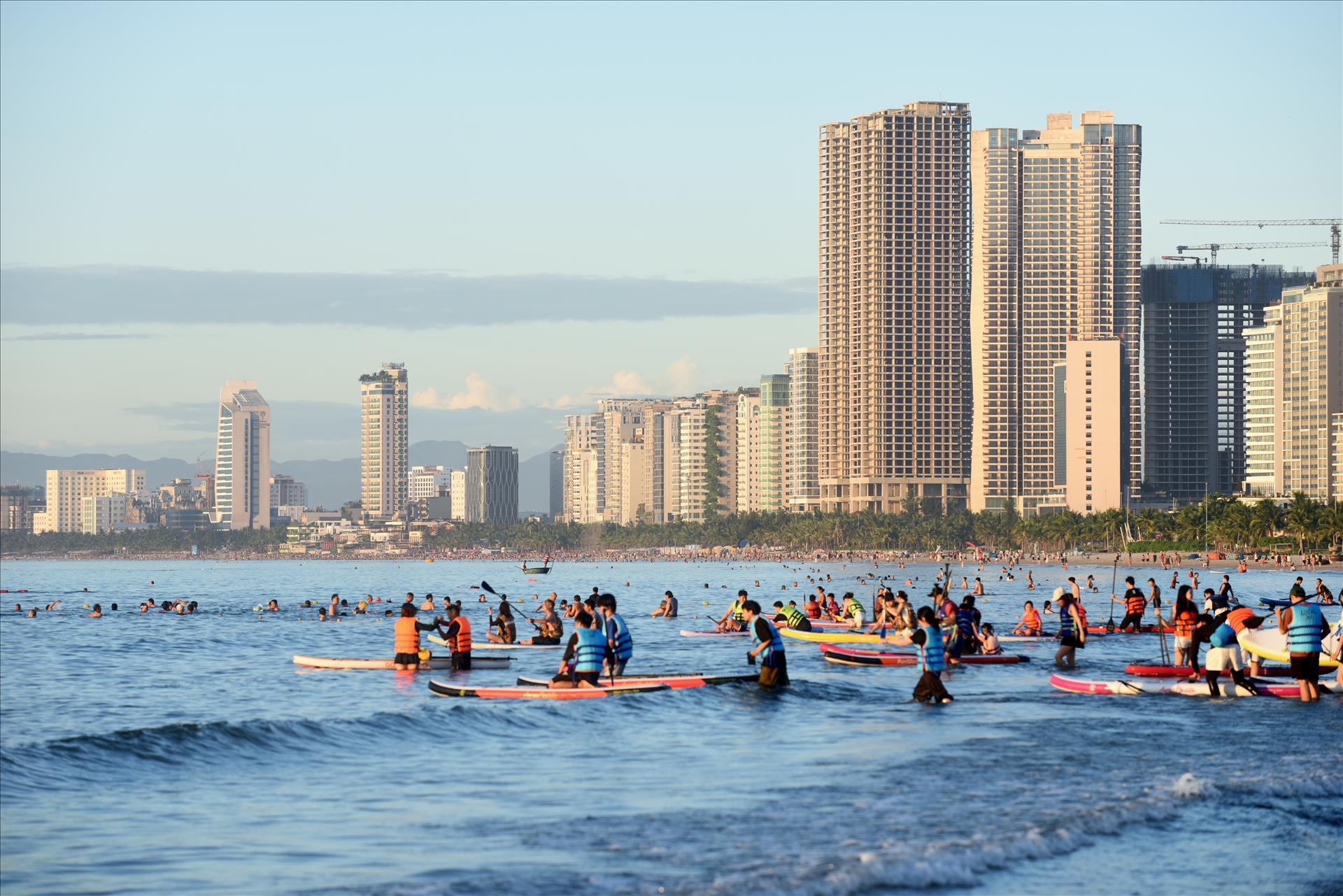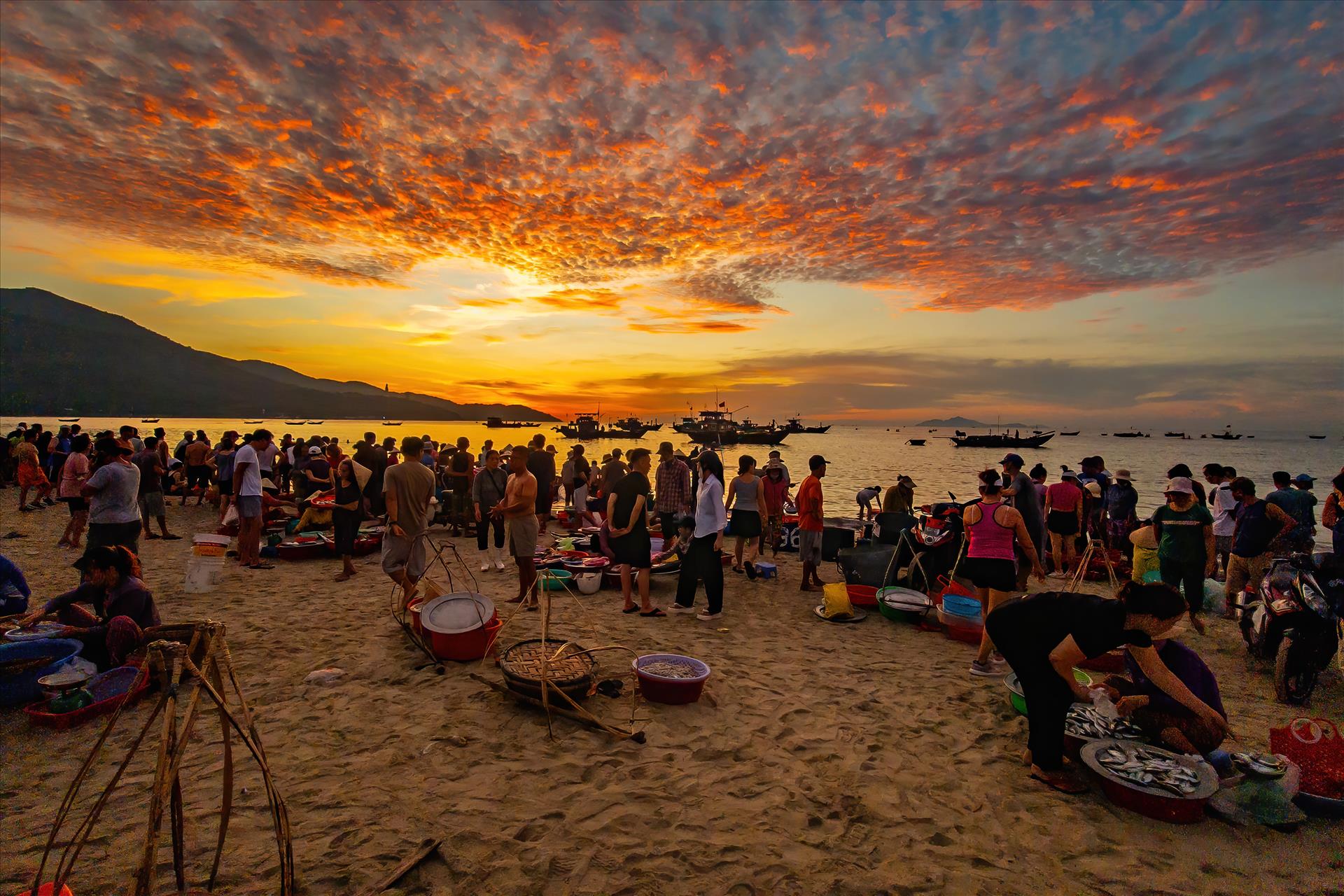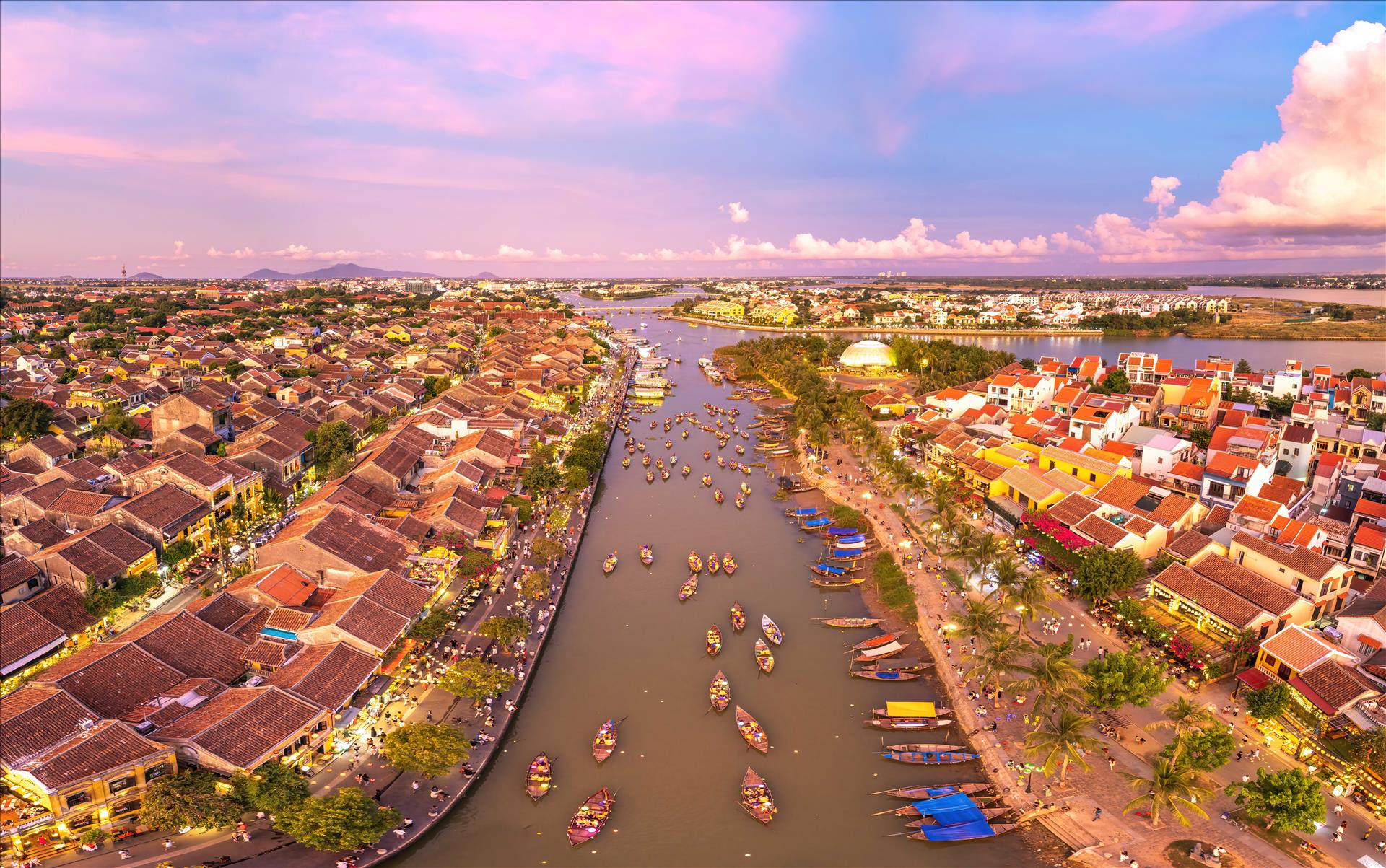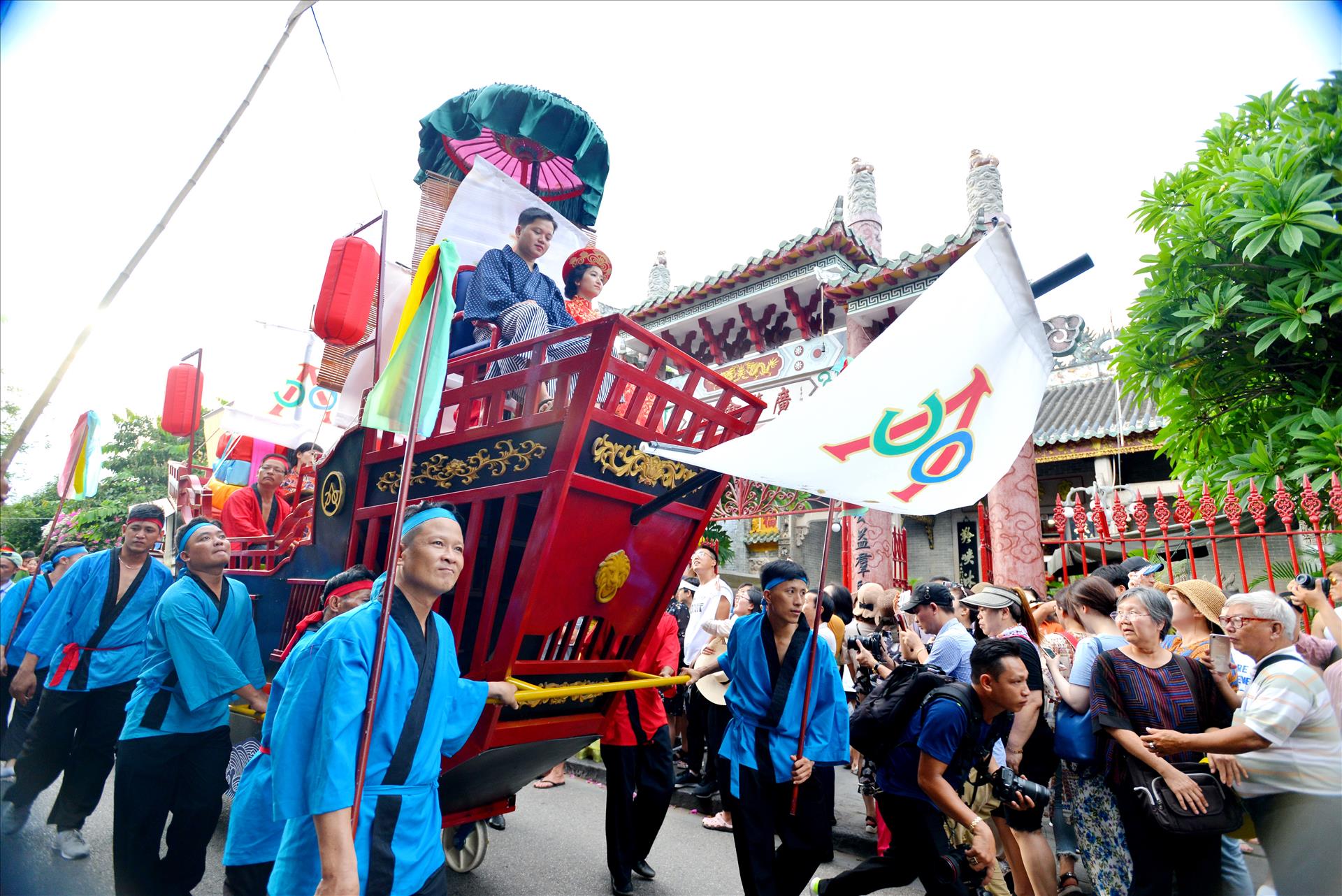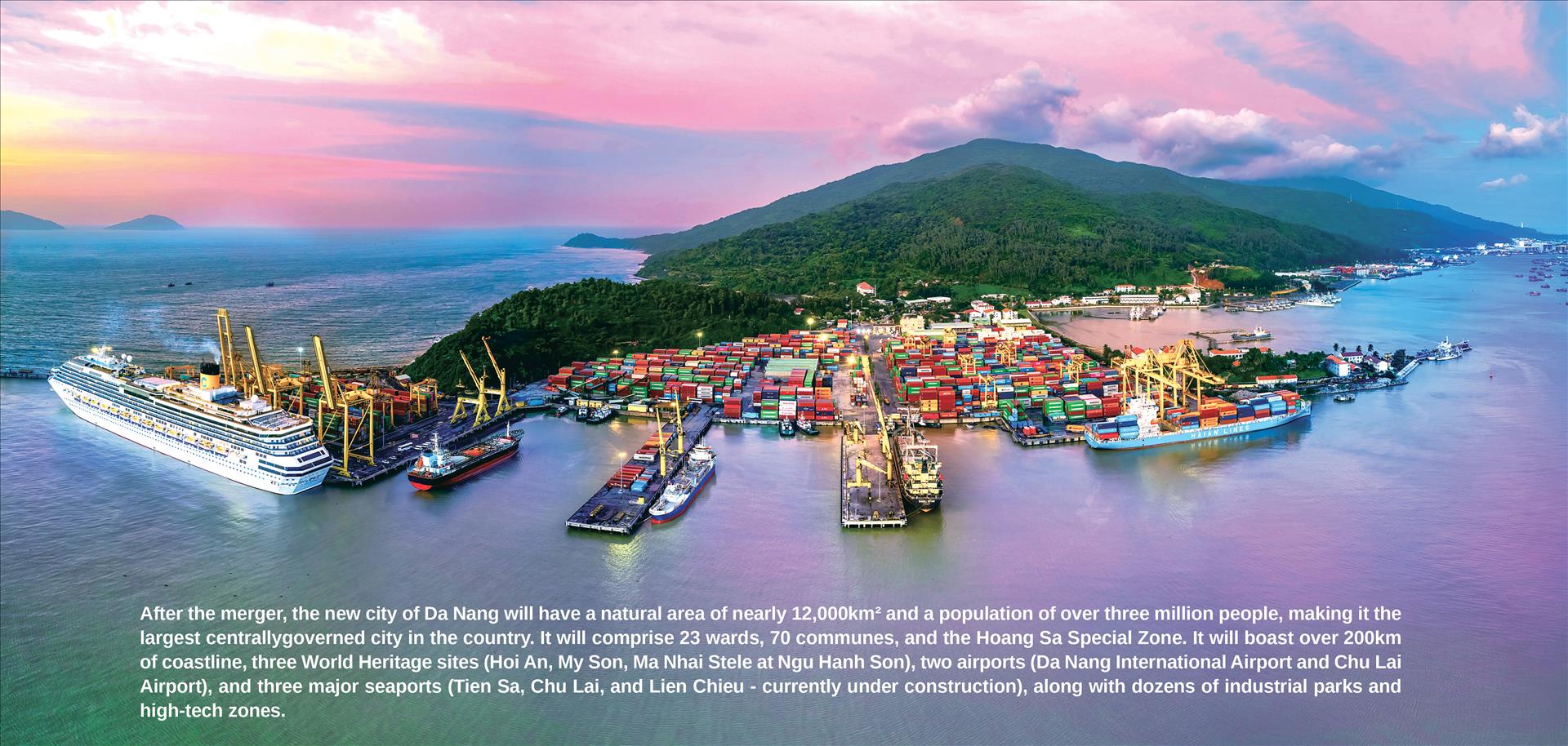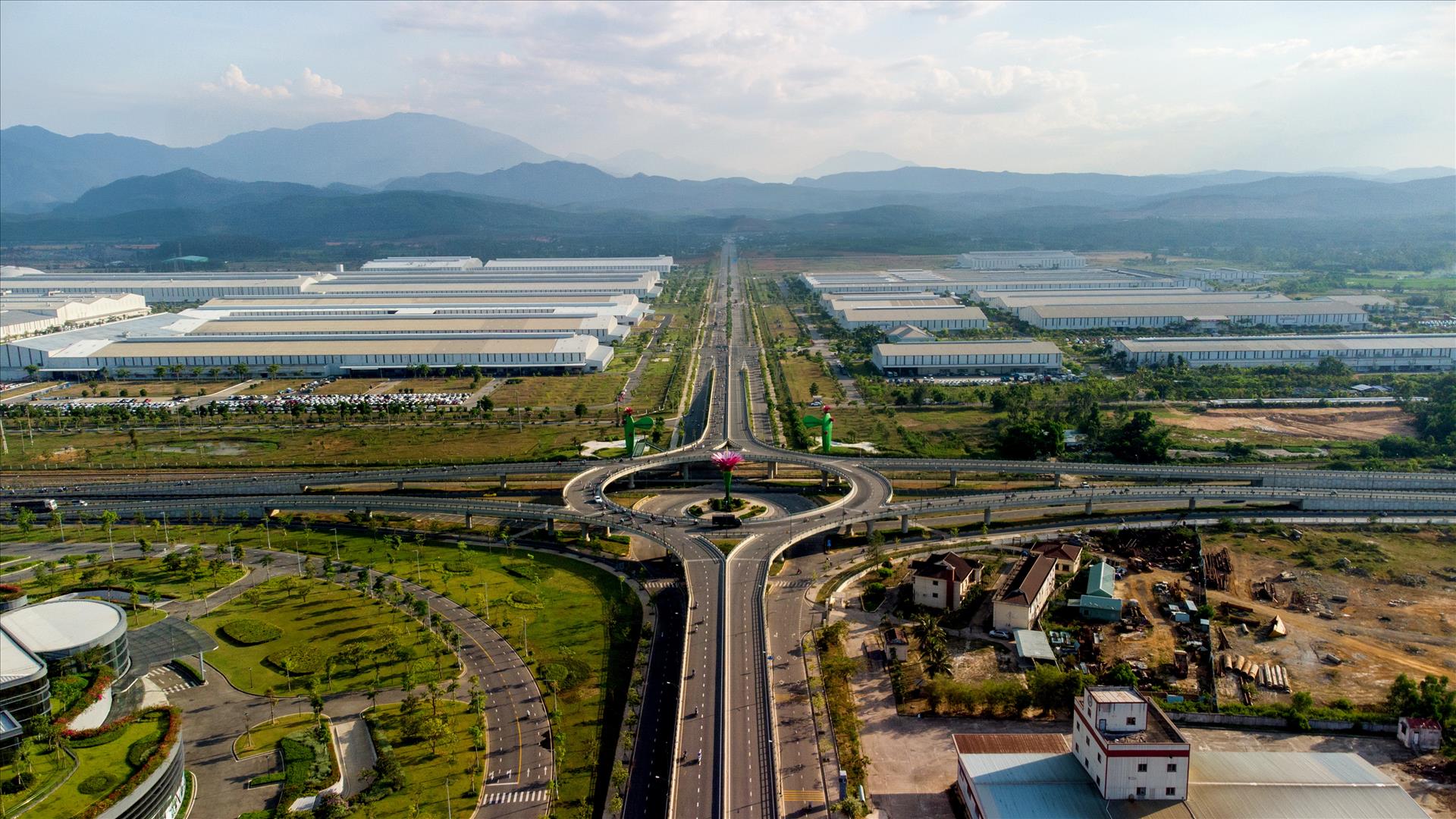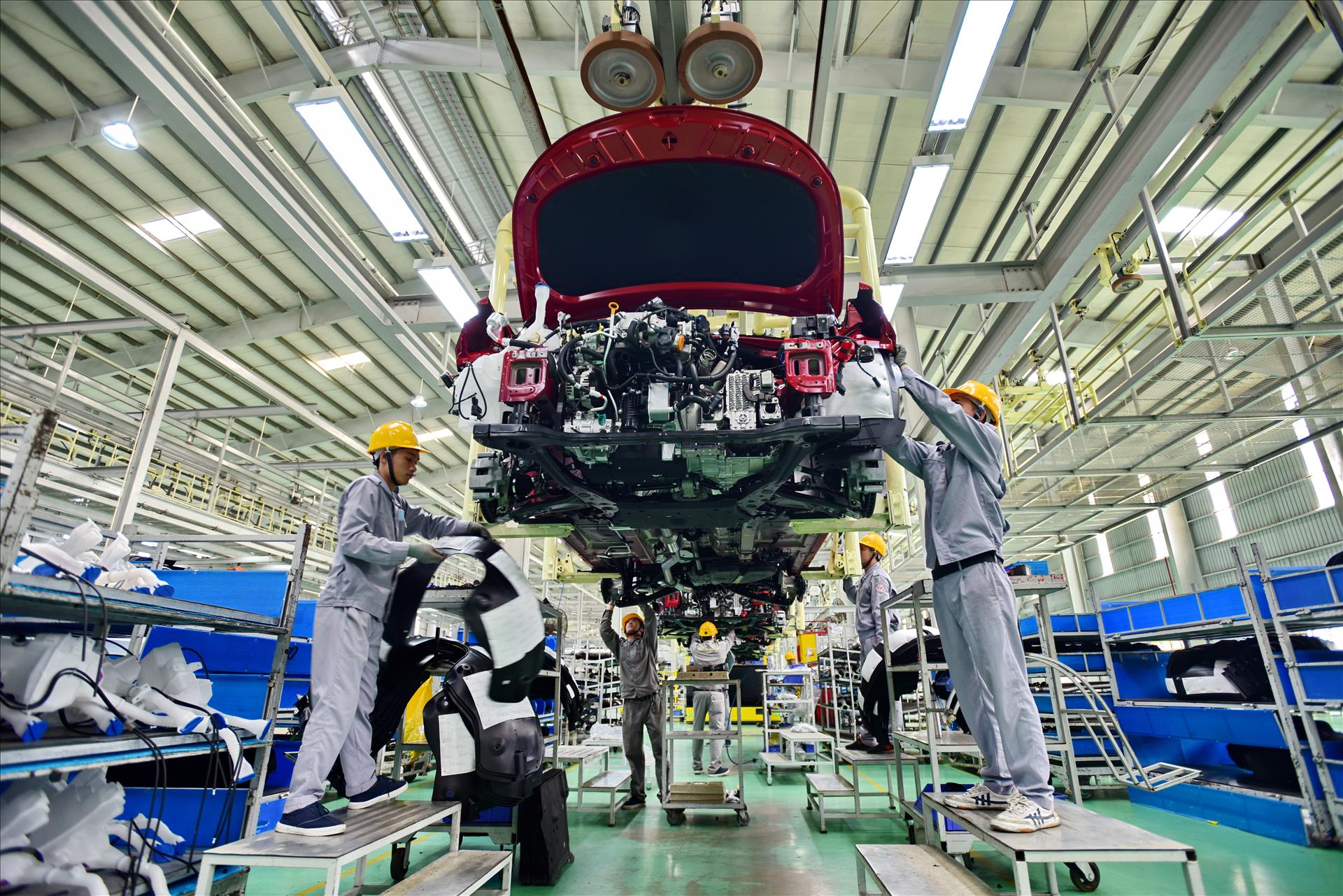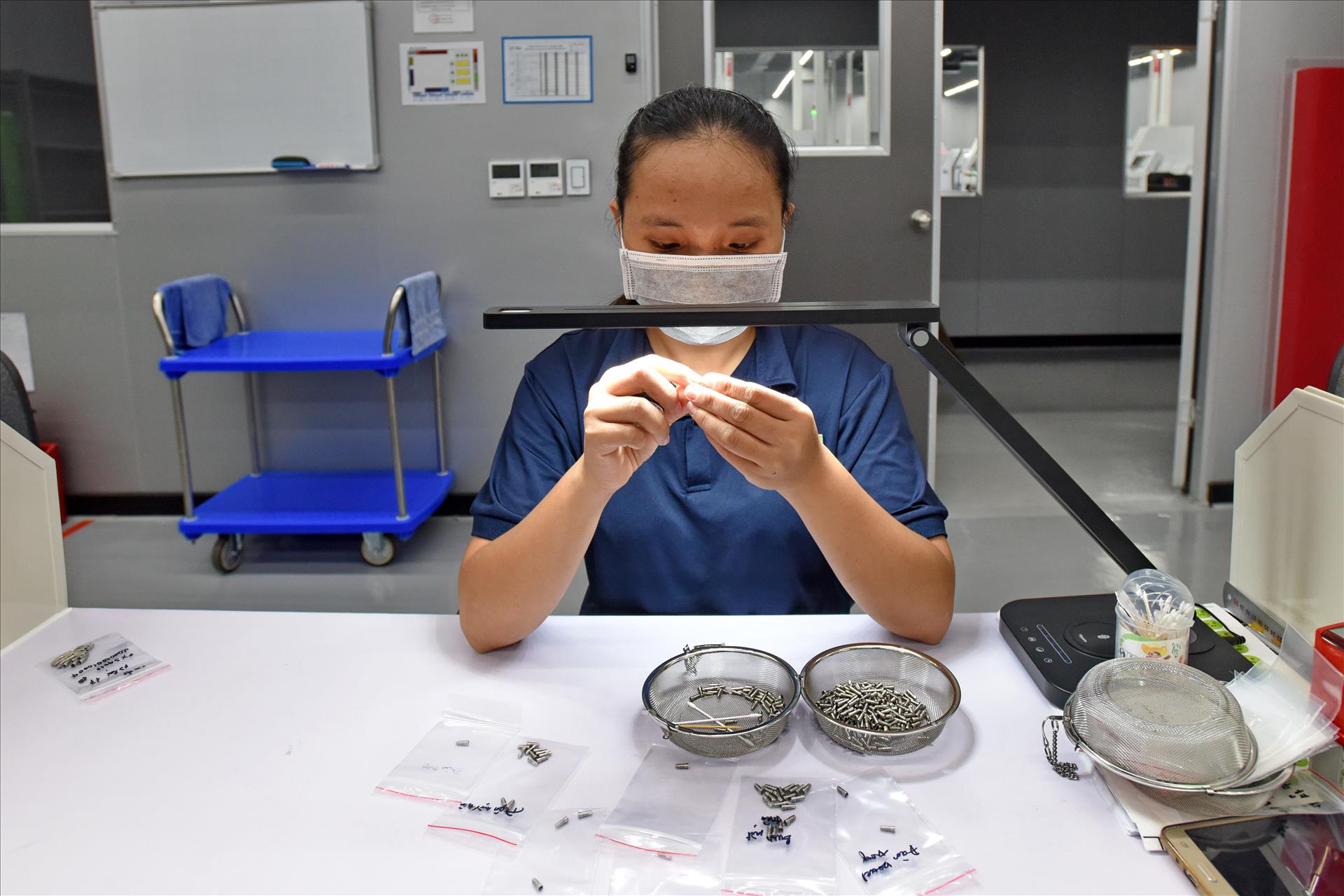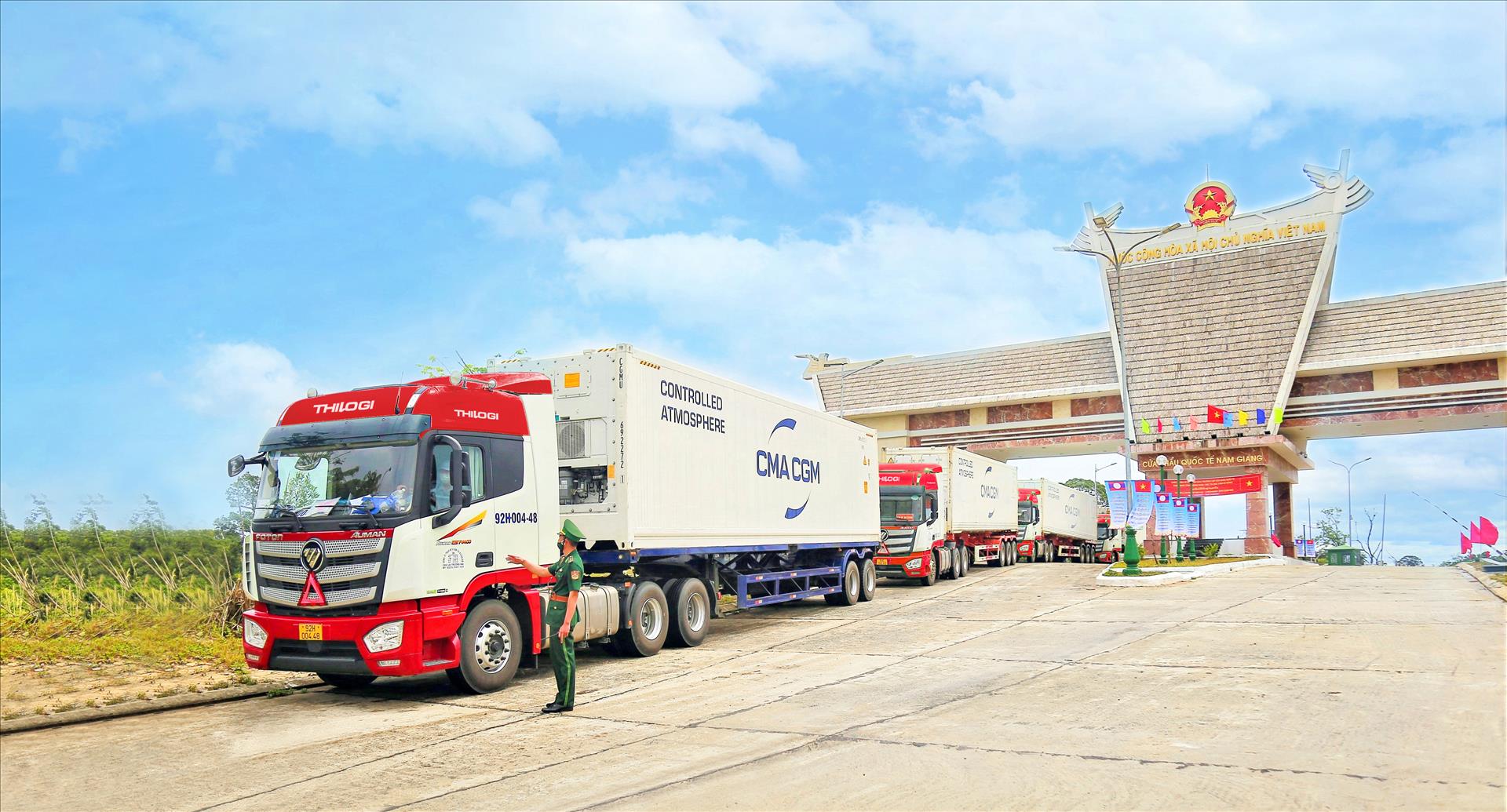Da Nang-Quang Nam Merger: Forging a New Era of Growth and Global Reach
Da Nang and Quang Nam were once a single province (Quang Nam – Da Nang Province) before their separation. Now, they stand before a historic opportunity to reunite. As Nguyen Van Quang, Secretary of the Da Nang Party Committee, put it, after 27 years of temporary separation for individual growth, "we are now coming back home together".
Experts believe that this merger will not just expand geographical area and population size, but it is also expected to invigorate various sectors, especially tourism, high-tech industries, and logistics, propelling them towards robust development.
Cao Tri Dung, Chairman of the Da Nang Tourism Association, remarked, "After the merger, Da Nang will have the strength to become an Asian tourism hub, standing alongside Phuket, Bali, and Hawaii, not just a leading tourism center for Vietnam and Southeast Asia".
Le Cong Co, former Vice Chairman of the Vietnam Fatherland Front Committee of the former Quang Nam - Da Nang Province, believes that, compared to other localities slated for merger, the new Da Nang can be considered "the most beautiful” as it will boast two international airports - Chu Lai and Da Nang - two major seaports, and two international heritage sites. This creates vast development opportunities for a new era.
Indeed, the merger of Quang Nam and Da Nang will create a unique tourism ecosystem for the new city of Da Nang. Furthermore, the city will offer a full range of tourism types, including coastal and island tourism, river tourism, resort tourism - an advantage not all localities possess.
Once merged, when the world speaks of Da Nang, they will recognize a city with numerous popular landmarks and tourism products such as My Khe Beach, the World Heritage sites of Hoi An and My Son, the Ngu Hanh Son (Marble Mountains) scenic spot, Ba Na Hills Resort, the Golden Bridge, Cu Lao Cham Biosphere Reserve, Bay Mau coconut forest, the international fireworks festival, and hundreds of other major cultural events and festivals.
Moreover, after the merger, the new city will foster stronger connections and expand into promising neighboring tourism markets such as the ancient capital of Hue, Quang Tri, and Quang Binh via the Central Heritage Road, as well as with provinces in the Central Highlands and even Laos via the East-West Economic Corridor.
In shaping the new Da Nang into a growth pole for Vietnam and a highly competitive city within the nation and the Asia-Pacific region, Party General Secretary To Lam emphasized that the new Da Nang needs to accelerate economic restructuring by boosting labor productivity, maximizing its inherent potential and advantages, and building an international financial center, a free trade zone, a modern urban area, and a high-quality resort tourism hub.
Therefore, it is clear that in the future, after the merger, the new Da Nang will have significant potential and advantages for economic development. Among these, the logistics and high-tech industry sectors stand out as key drivers, capable of launching other areas forward.
Pham Bac Binh, Chairman of the Da Nang Association of Small and Medium Enterprises, believes that after the merger, the new city will not only increase in scale but also unlock unprecedented development opportunities, especially in tourism, industry, logistics services, and infrastructure development.
In reality, Da Nang's constraints have hindered its growth for many years. The lack of land for industrial development, limited urban expansion space, and reliance on finite resources have been barriers that need to be removed. In contrast, Quang Nam offers the advantage of vast pieces of land, reasonable population distribution, and abundant resource potential, serving as an ideal "extended arm" for the new Da Nang's spatial expansion strategy.
In terms of infrastructure, regional connectivity will be enhanced by the synergy from Tien Sa, Lien Chieu, and Chu Lai ports; Da Nang and Chu Lai airports; and the North-South and Da Nang-Quang Ngai expressways. A new Da Nang will become a multimodal transportation and logistics hub, serving both international goods and passengers. The favorable infrastructure for transportation, logistics, and mechanisms will also promote expanded connections and foster interlinked production between existing industrial parks in Quang Nam and Da Nang, including Da Nang's High-Tech Park and Quang Nam's Chu Lai Open Economic Zone. This will create a system of very large industrial zones in the Central region and across the country, encompassing a full range of industries.
Additionally, Quang Nam currently has a substantial amount of untapped land. Utilizing these areas to develop more supporting industrial zones, high-tech zones, and other facilities will solve the problem of expanding production space - something Da Nang has always lacked.
According to Nguyen Van Quang, Secretary of the Da Nang Party Committee, when the two localities merge, the new city will have "conditions for greater growth" because Da Nang currently benefits from many specific mechanisms and policies from the central government. Upon merger, these mechanisms will apply uniformly to the new city.
This synergy will create new momentum in the process of urban, industrial, logistics, high-tech, and high-quality service development. The merger of Quang Nam Province and Da Nang also concretizes two major policies of the Politburo: Resolution No. 43-NQ/TW on building and developing Da Nang until 2030, with a vision to 2045, and Resolution No. 26-NQ/TW on socio-economic development and ensuring national defense and security in the North Central and Central Coastal regions until 2030, with a vision to 2045.
Notably, as Party General Secretary To Lam stated, the merger is not merely an administrative change; it is a historic opportunity for Quang Nam and Da Nang to collectively build a leading economic, cultural, and innovation hub in the region. They must leverage their mutual strengths, plan for a long-term vision, share benefits, responsibilities, and development aspirations, so that the Quang-Da region can truly reach for the open sea with a stature worthy of national and international recognition./.
Story: Thanh Hoa
Photos: Thanh Hoa/VNP, Nguyen Trinh & Files
Translated by Hong Hanh
